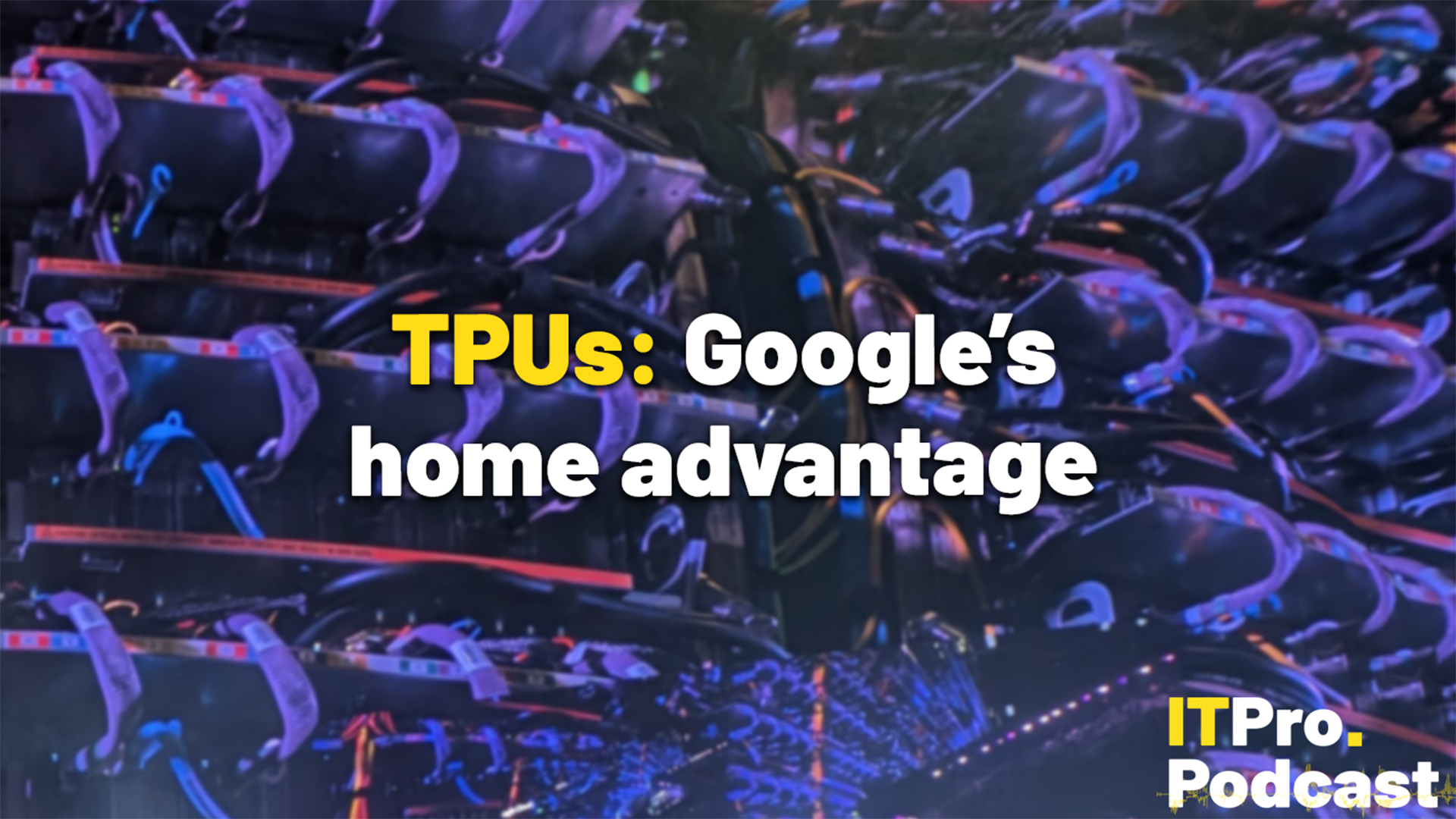Red Hat eyes developer workflow efficiency, app modernization gains with new AI tools
An AI assistant specifically designed for application migration and modernization looks to reduce developer toil


Red Hat has announced the launch of new AI features as the company targets streamlined developer workflow efficiency.
The company said the launch of Red Hat Developer Lightspeed, a portfolio of AI solutions, will equip developer teams with “intelligent, context-aware assistance” through virtual assistants.
Available on the Red Hat Developer Hub, the first of these AI tools is accessible through the hub’s chat interface.
The company said this will help speed up non-coding-related tasks, including development of test plans, troubleshooting applications, and creating documentation.
This AI assistant can be used via both publicly available and self-hosted large language models (LLMs).
Red Hat targets app modernization gains
Elsewhere, a new AI assistant will be available in Red Hat’s migration toolkit for applications (MTA) suite. Speaking to ITPro, James Labocki, senior director of product management at Red Hat, said the tools will help developers simplify application modernization.
“The challenge I think that we see is, especially in large enterprises, a lot of them have developed custom languages, custom libraries, and custom frameworks,” he said.
Sign up today and you will receive a free copy of our Future Focus 2025 report - the leading guidance on AI, cybersecurity and other IT challenges as per 700+ senior executives
“So code modernization can often be a challenge, and especially as those custom languages and frameworks percolate and organically move through organizations and get adopted,” he added.
“The question of how do you maintain currency of software is really a challenge for many of our customers, and this happens not just at the code level, but even at the operating system level, at all layers of the stack.”
New AI-powered features in MTA aim to address these challenges directly, Labocki explained. The AI assistant will help automate source code refactoring directly within a developer’s integrated development environment (IDE), for example.
It’s not a simple code editor, however, with Red Hat noting that it “understands migration issues and how to solve them”, allowing users to input queries in natural language to troubleshoot migration issues.
Continuous learning on the part of the assistant also targets long-term improvements, according to Red Hat. With each migrated application, the assistant will provide more accurate code solutions over time, thereby speeding up future processes.
“Let's say I have a statically coded IP address, and I know I'm moving into containers, and that's an anti-pattern, so I need to modify this code,” Labocki explained.
“They [developers] could then simply right click and say ‘please fix this’ - that will then reach out to the LLM of their choice…and will come back with a fix.
“The benefit of this that we see is that by having the static code rules and the examples and the patterns inside the static code analysis, and feeding that into the model we're getting, I would say more accurate answers than simply using an off the shelf model.”
Understanding the developer environment
The launch of the new AI assistants forms part of a push at Red Hat which aims to make it “easier for them [developers] to understand their environment,” Labocki told ITPro.
“When I have a question about a software template, it can answer those sorts of things,” he noted. “If I have a question about documentation, it’s just much easier to chat than to have to go open up a giant HTML file and web page, do a Control-F and find things.”
Labocki said initial internal use of the tools has so far delivered promising results, and long-term the aim is to further alleviate strain placed on development teams.
“Some of the early work that our engineers have done – and this was literally last week – I had a demo where one of our engineers was showing one of our product managers an example software template asset to modify it, and it did it correctly,” he explained.
“I think we're still early, but I think it's promising…Instead of having to understand TypeScript to define a software template in backstage, I could simply [do it] in Developer Hub, which is based on the backstage, be able to ask for it, and then it goes ahead and modifies it.”
Make sure to follow ITPro on Google News to keep tabs on all our latest news, analysis, and reviews.
MORE FROM ITPRO
- Red Hat is giving developers free access to RHEL
- Red Hat targets greater partner autonomy with latest channel updates
- Red Hat just made three big changes to its developer hub

Ross Kelly is ITPro's News & Analysis Editor, responsible for leading the brand's news output and in-depth reporting on the latest stories from across the business technology landscape. Ross was previously a Staff Writer, during which time he developed a keen interest in cyber security, business leadership, and emerging technologies.
He graduated from Edinburgh Napier University in 2016 with a BA (Hons) in Journalism, and joined ITPro in 2022 after four years working in technology conference research.
For news pitches, you can contact Ross at ross.kelly@futurenet.com, or on Twitter and LinkedIn.
-
 Trump's AI executive order could leave US in a 'regulatory vacuum'
Trump's AI executive order could leave US in a 'regulatory vacuum'News Citing a "patchwork of 50 different regulatory regimes" and "ideological bias", President Trump wants rules to be set at a federal level
-
 TPUs: Google's home advantage
TPUs: Google's home advantageITPro Podcast How does TPU v7 stack up against Nvidia's latest chips – and can Google scale AI using only its own supply?
-
 Red Hat eyes tighter data controls with sovereign support for EU customers
Red Hat eyes tighter data controls with sovereign support for EU customersNews The company's new offering will see support delivered entirely by EU citizens in the region
-
 Red Hat is giving developers free access to RHEL – here’s what you need to know
Red Hat is giving developers free access to RHEL – here’s what you need to knowNews Red Hat Enterprise Linux for Business Developers aims to help development teams build, test, and deploy applications more efficiently – and at no extra cost.
-
 Red Hat just made three big changes to its developer hub – here’s what you need to know
Red Hat just made three big changes to its developer hub – here’s what you need to knowNews Red Hat has unveiled a raft of upgrades for Red Hat Developer Hub (RDHD), including support for a local version as well as new analytics.
-
 Red Hat launches Build module as part of partner program refresh
Red Hat launches Build module as part of partner program refreshNews Red Hat has announced new changes to its partner program, including the launch of a new 'Build' module and go-to-market support capabilities.
-
 Red Hat eyes “clear pathways for collaboration” with new partner program updates
Red Hat eyes “clear pathways for collaboration” with new partner program updatesNews The enhanced framework for Red Hat partners features a new modular design and fresh incentives
-
 Red Hat adds trio of new tools to its Trusted Software Supply Chain
Red Hat adds trio of new tools to its Trusted Software Supply ChainNews The open-source giant said the additions will help organizations tackle vulnerabilities in their supply chains earlier and improve overall resiliency
-
 Linux Blue Screen of Death gives users a taste of the dreaded Windows feature
Linux Blue Screen of Death gives users a taste of the dreaded Windows featureNews The Linux Blue Screen of Death has been added in a recent update
-
 Red Hat Enterprise Linux becomes foundational operating system for Cohesity Data Cloud
Red Hat Enterprise Linux becomes foundational operating system for Cohesity Data CloudNews New strategic partnership between Red Hat and Cohesity aims to drive innovation in the data security and management space